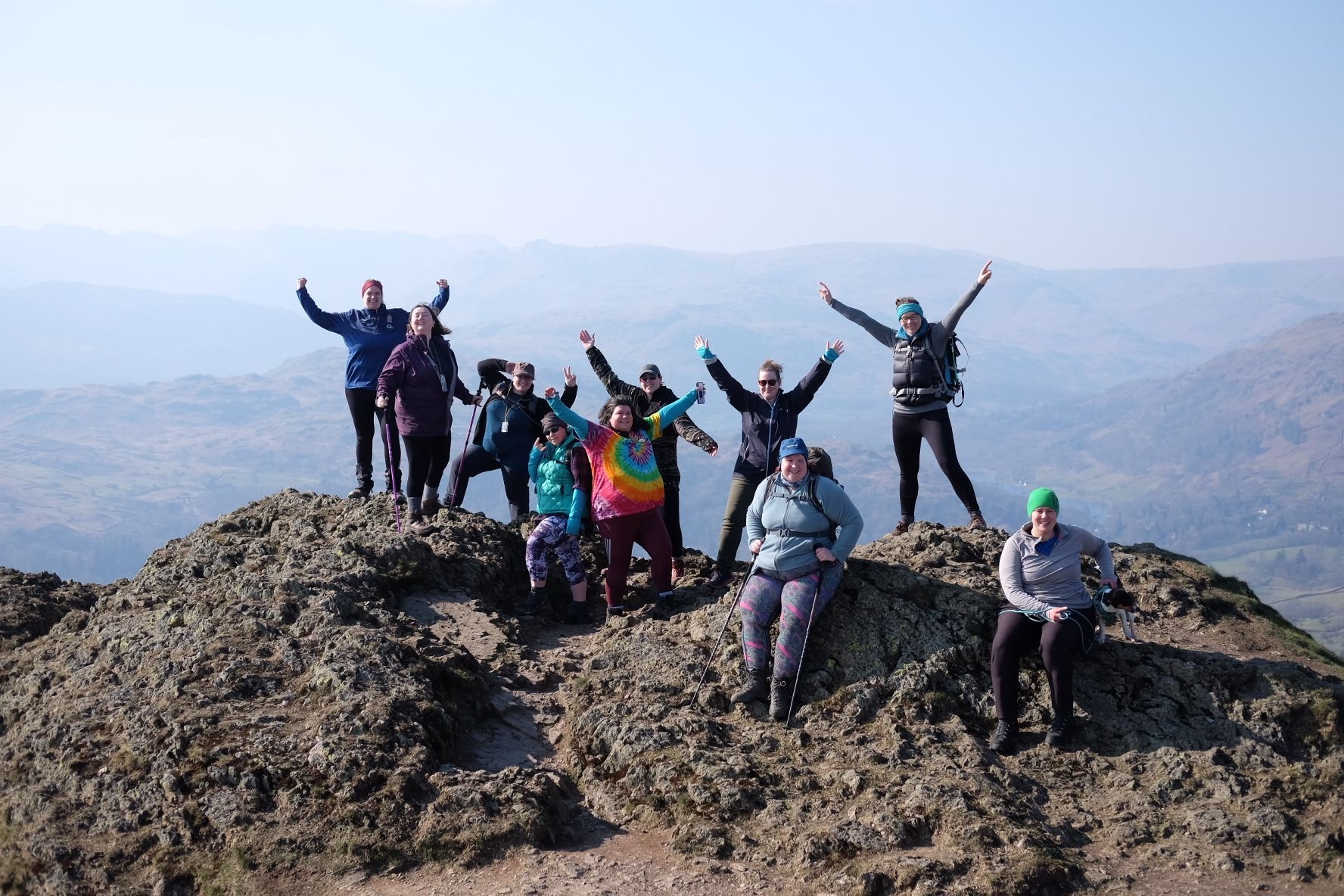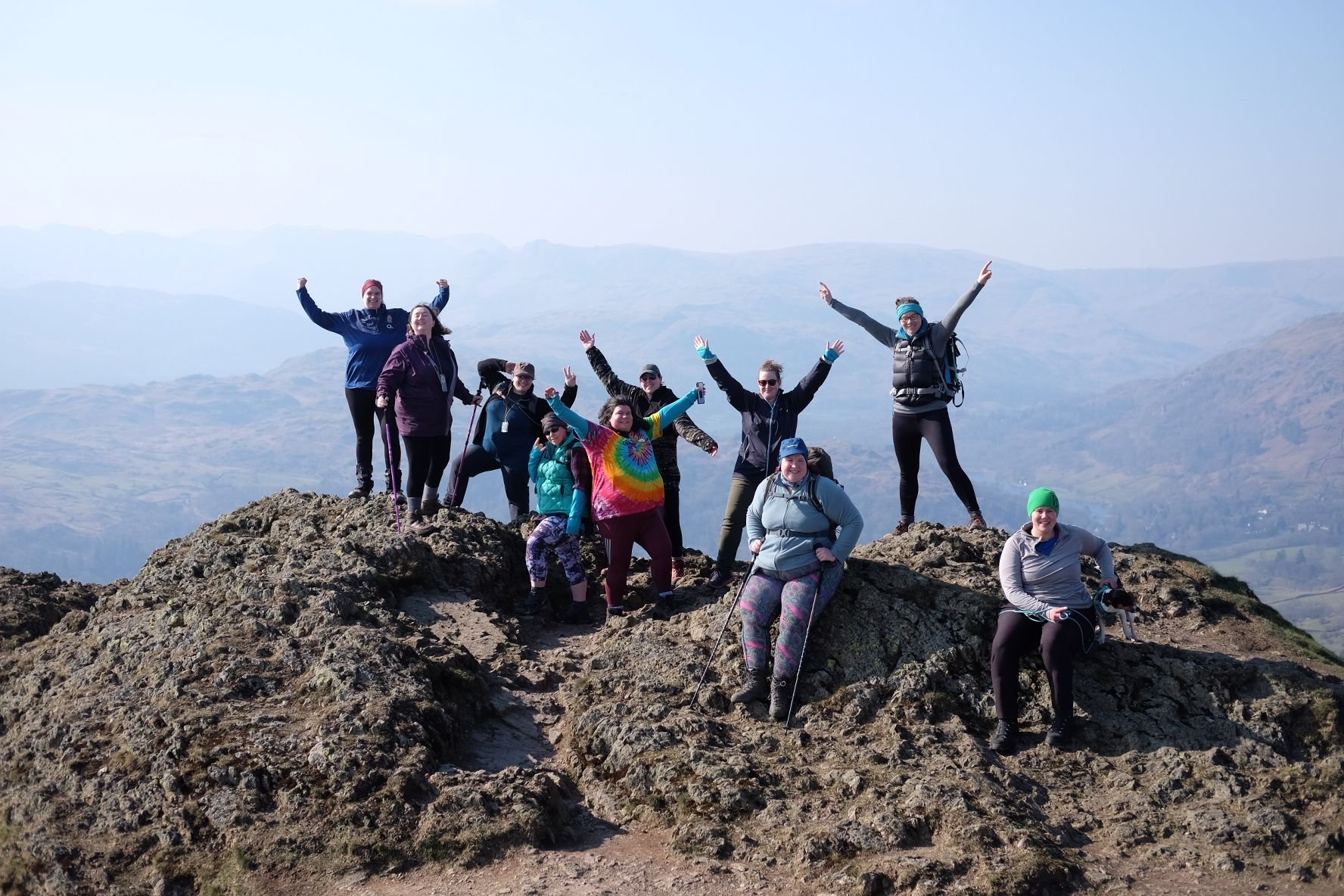
Steph Wetherell is the co-founder of Every Body Outdoors, an organisation dedicated to making the outdoors more accessible for plus size people. An experienced hiker, she derives tremendous benefits from getting out into nature.
“I've not always had a particularly positive relationship with my body but the outdoors has really helped that,” she says. “When I'm outdoors I feel strong. I feel able. My body takes me to amazing places. It's less about what my body can't do and more about what it can.”
But Steph, like many others, has encountered barriers to being outdoors. For some people, it’s as simple as lacing up your hiking boots, zipping up your waterproof and heading to the mountains. For others, it’s more difficult. What if you can’t find a waterproof that actually fits you? Or if the outdoor clothing available isn't an adequate expression of your faith? And what if, once you do get out into nature, you’re made to feel like you don’t belong?
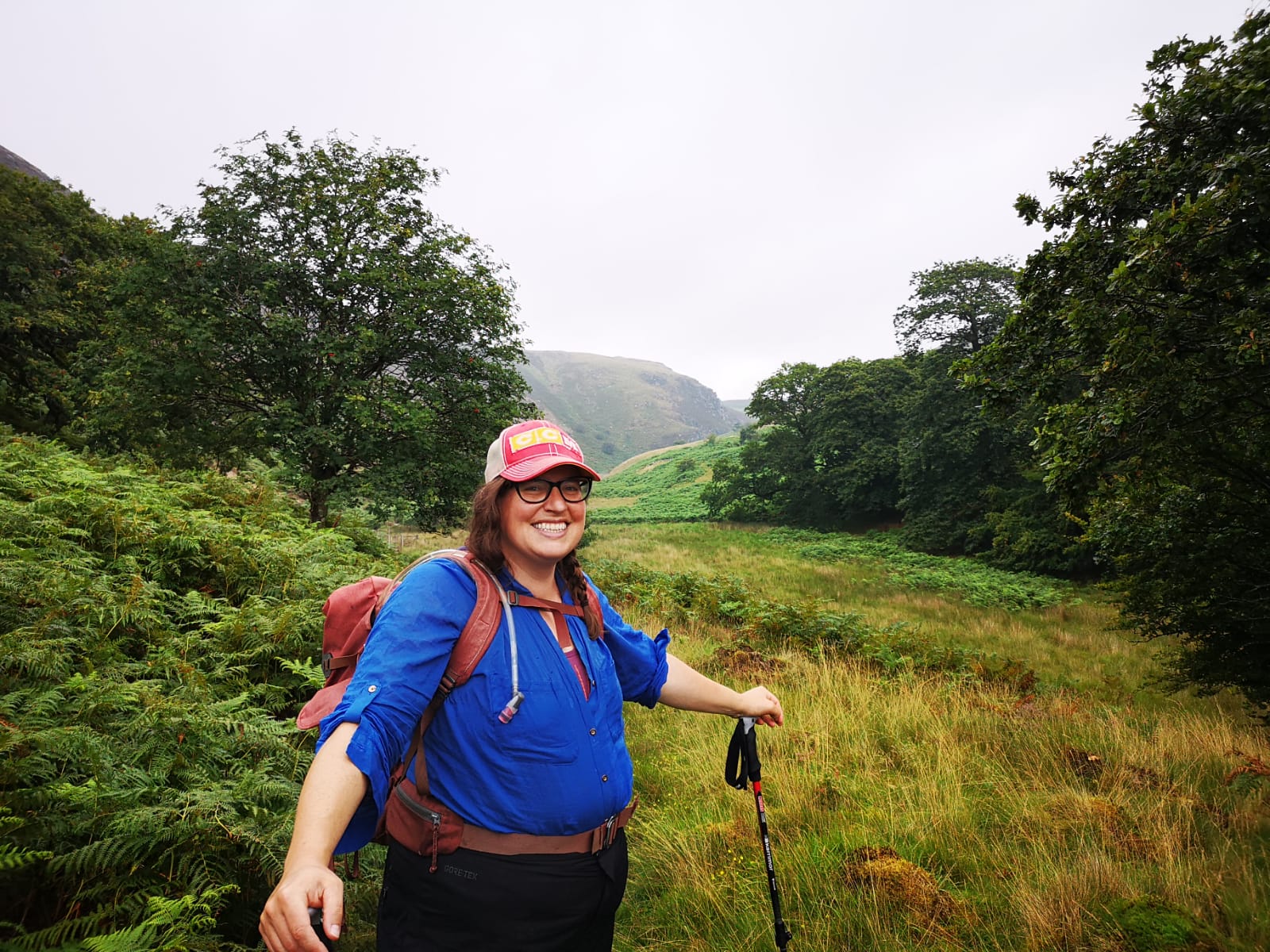
We spoke to Steph, cyclist Emily Chappell, and North Face explorer Amira Patel about why it’s hard to find women’s outdoor gear that actually fits - and why it’s time that needs to change.
On ‘Not Fitting’
Despite her extensive experience in the outdoors, until six months ago Steph didn’t own any technical outdoors gear. It just wasn’t available.
“I'm a size 20, which is at the lower end of plus size, and there just weren't any options,” Steph says. “As a person just getting into it, you can buy a Mountain Warehouse coat. You can walk in Tesco's leggings and you'll be fine. But as soon as you hit a certain level, having a proper waterproof coat, lightweight wicking gear and decent layers becomes important. But it wasn't made. I looked high and low. I found going into outdoor shops quite upsetting, because I couldn’t find anything that fitted me. I’d go in, have a quick look around and then have an anxiety attack and leave.
I looked high and low. I found going into outdoor shops quite upsetting.
“I still did things but it was really stressful and uncomfortable. I did a two week hike in Norway, wild camping on my own, and I wore supermarket leggings and cotton tops because it was all l could get. It's been so hard and that puts a lot of people off. You decide you want to get into hiking, then you try and buy a coat and get sent to the men's section. Nothing fits you. You don't go on that walk, or you get people doing stuff in ill-fitting and ill-performing gear. When you get to brands whose size 20 is a three XL, you need to rethink how you talk about your clothes.”
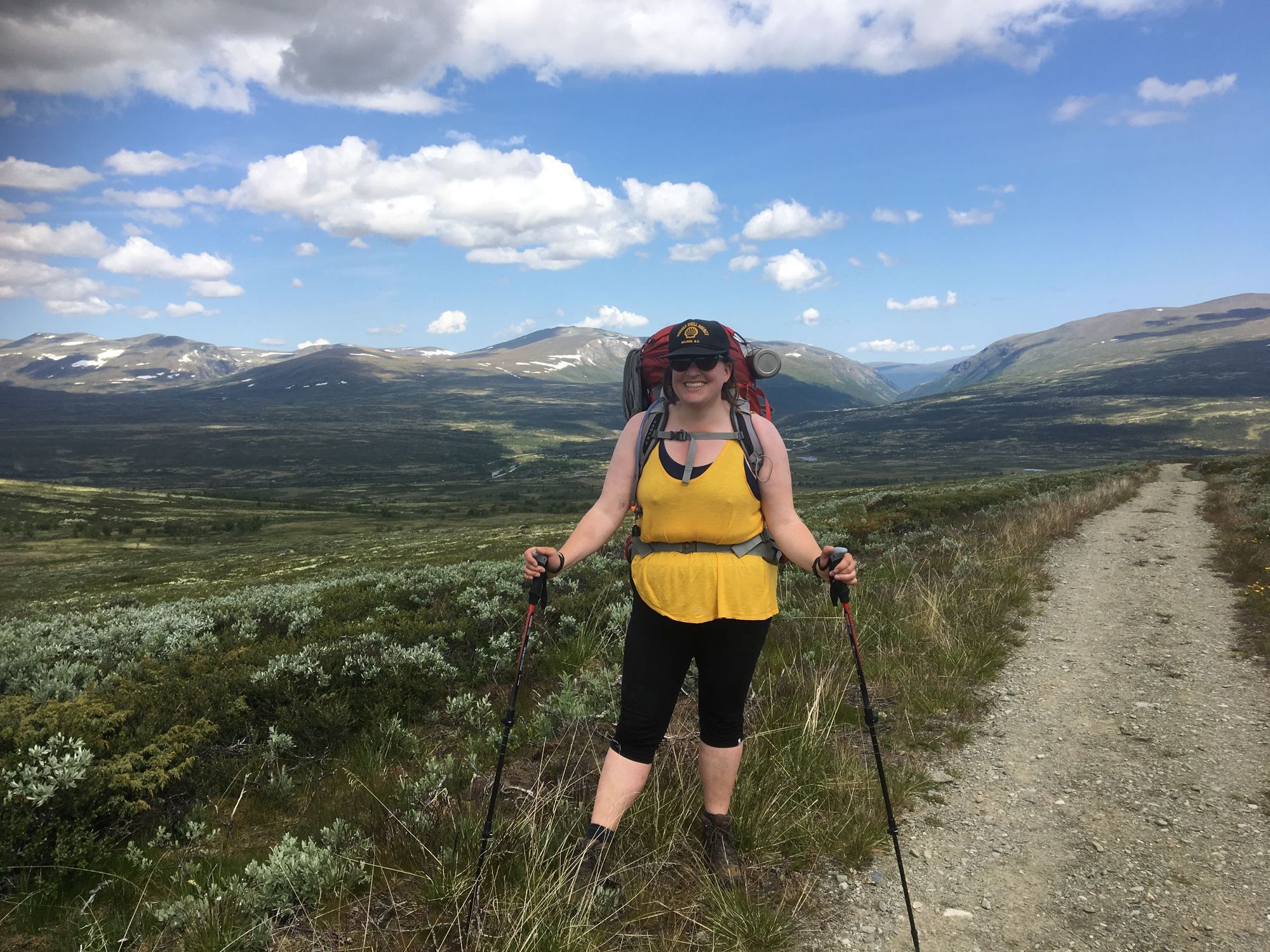
The average women’s clothes size in the UK is 16 and around 25% of women are a size 18 or above (68% of American women wear a size 14, equivalent to the UK 16). However, the images of women appearing in the media are often much slimmer, including those in sport and outdoor publications. The fashion industry has caught onto this disparity, and is catering more to ‘real’ bodies - plus-size apparel is the fastest growing segment of the market - but the change is much slower to arrive in the outdoor gear market.
Steph believes there are several reasons for this. The first is that many manufacturers believe there isn’t the market for it, and the second is because of preconceived notions of what an active body looks like.
I hear a lot that there's a reason that the clothes aren't made in our size: it's because we can't do those things
“A certain section of people have had the outdoors to themselves; it's been their playground for a long time, and they're the gatekeepers,” she says. “I think they don't want to give up that power and control. There are people in that group who are welcoming people in, training and supporting people, but there's a lot who aren't. They think that if you don’t experience the outdoors their way, you don’t belong. Like, if you can't climb the mountain fast enough, you shouldn't be climbing it at all.
“There's a lot of people who don't want plus-size people in the outdoors; there's a lot of negativity. They feel like we can't do it. I hear a lot that there's a reason that the clothes aren't made in our size: it's because we can't do those things,” Steph says.
Emily is not a plus size woman, but growing up she was told that she was “too big” by both friends, family and culture as a whole. Now a professional cyclist, she says she often feels out of place when she appears at cycling events or does photoshoots.
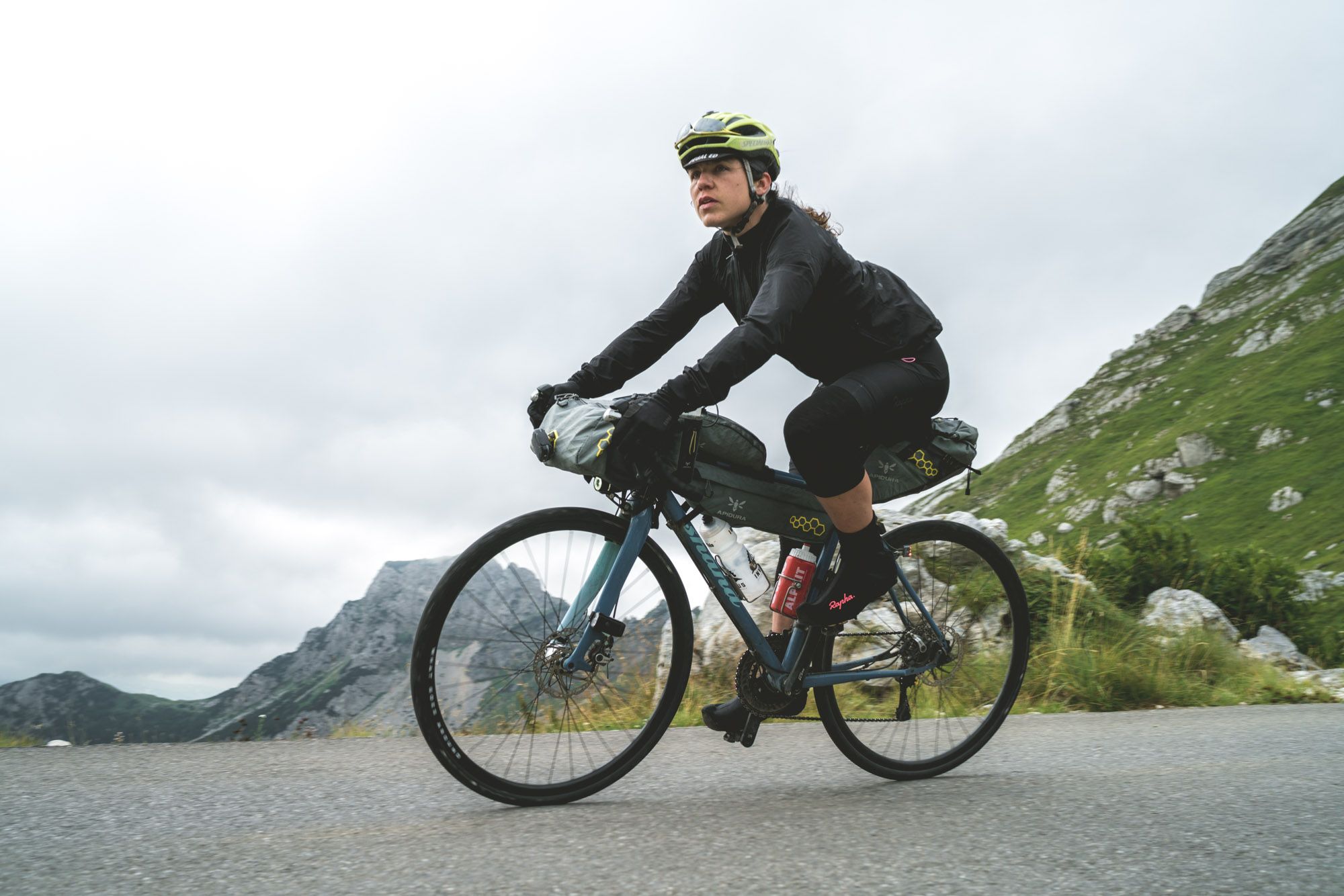
“I always thought I wasn't actually a real cyclist or wouldn't be taken seriously, because I didn't look like a classic cyclist - a small, very lean woman with no body fat and a plait over one shoulder,” she says.
“A lot of people in cycling are like that, partly because you can get very small if you do a lot of cycling. But I also think the larger people either get selected out or self-select out. I often feel quite uncomfortable when I turn up and I feel like I'm the biggest person in the room and the biggest person on the photoshoot.
It felt like the entire cycling industry saying ‘you shouldn't be here, you shouldn't have won that race. Someone thinner should have’
“On the other hand - this is another tricky bit - when I see a campaign by a cycling brand, and there's somebody who's a bit larger and they look great, I feel amazing. I love it. So, the really hard thing is that maybe I'm going to be that person for some people.”
Emily has a positive body image, and loves the way she looks. But this was shaken when she won the Transcontinental - a self-supported 4000 km race across Europe - and the winners jersey she was presented with didn’t fit her.
“Winning was a dream. A part of the dream was getting the winner’s jersey. It was a huge deal, and it came true. Then I got up to the front of the room and they presented me with this jersey with my name embroidered on it and my time in the race. I put it on and did it up and it was too small. I was gutted. It felt like the entire cycling industry saying ‘you shouldn't be here, you shouldn't have won that race. Someone thinner should have.’”
Weatherproof Crowns
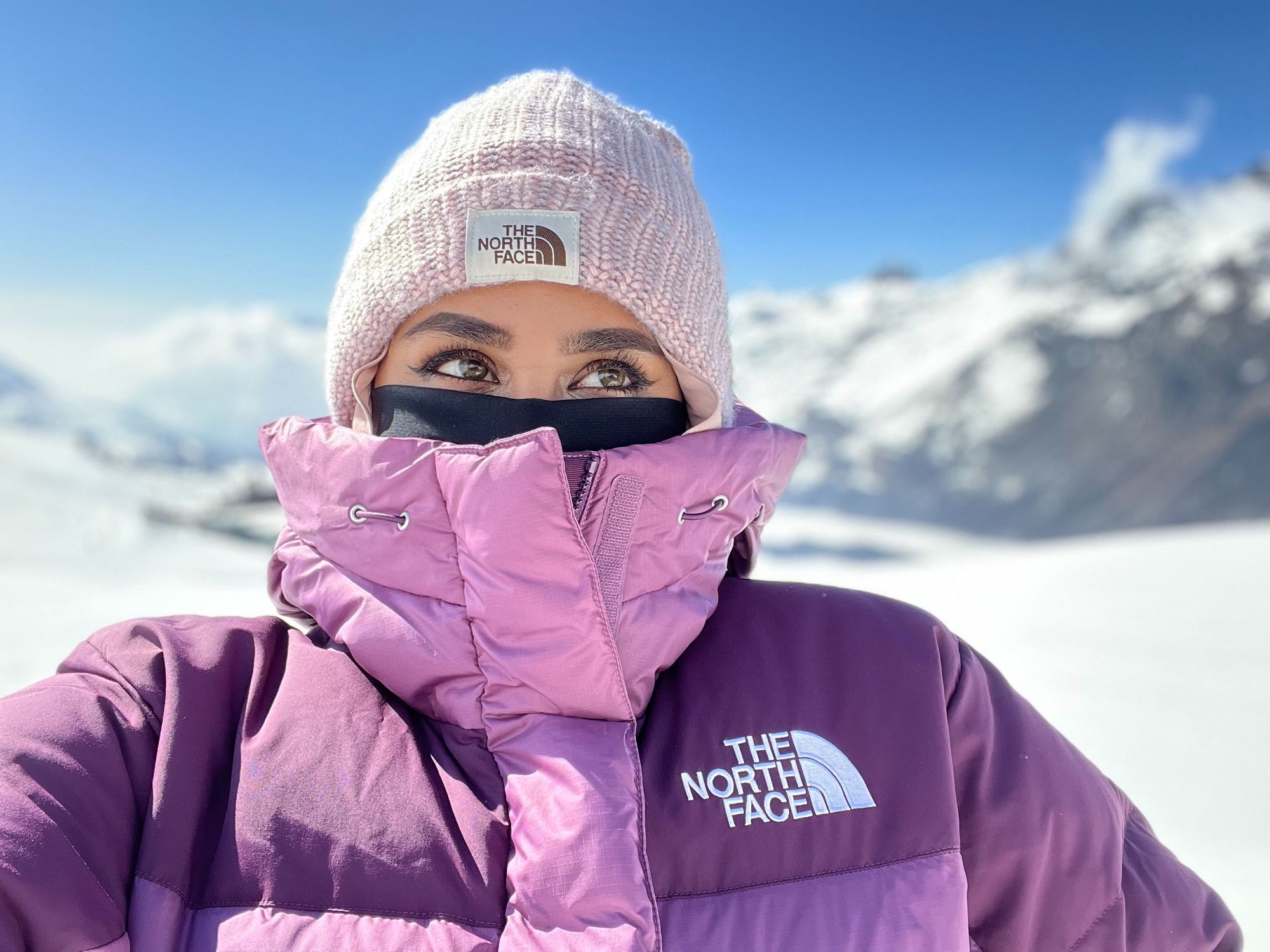
Like Steph, Amira draws solace from the outdoors. “After going through a traumatic experience and a really difficult time in my life, I started hiking and walking,” she says. “It helped me heal, and it helped me to connect with my faith.”
Amira wanted to share these benefits with her community, so she started Wanderlust Women, a group encouraging Muslim women to get outdoors. However, she and her group have experienced unacceptable levels of discrimination and Islamophobia.
“Obviously, the more exposure you get, the more positivity there is and the more people you can educate. But you’re also exposing yourself to more hate,” she says.
“Some of the comments that we do get are things I don't think any person should receive. At times we’ve had to get protection because we've had death threats. There are times when I do get upset but that's a journey in itself of trying to overcome that, and just to try and use it as positive energy to keep going.”
I wanted myself and my women to be out there in the best kit, bossing it out, but at the same time being modest as well
Amira also struggled to find adequate clothing when she first started out on her outdoors journey.
“I had to remain modest, but obviously be safe in the mountains,” she says. “I'm not saying people need to make long flowy dresses, but just things like longer tops and jackets. Now there's quite a few. I work with the North Face; they have pieces which are longer, the pants are a lot looser, and I’ve tried them all out. It's been three years now on my journey and finally I'm confident in my kit when I go out.”
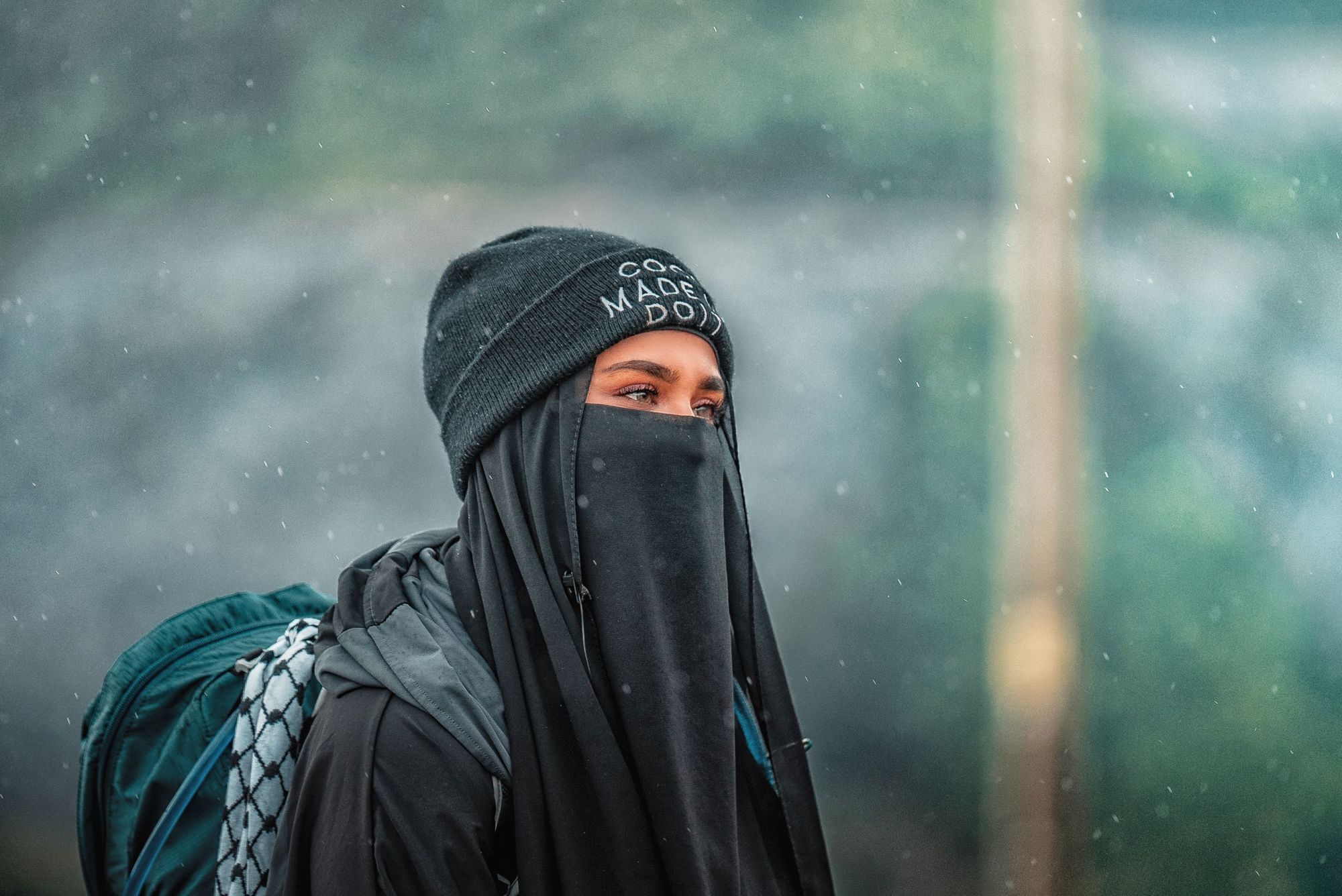
Amira has also been working with Trekmates to create the first waterproof and windproof hijab and niqab.
“I wanted myself and my women to be out there in the best kit, bossing it out, but at the same time being modest as well,” she says. “I was able to go to the Himalayas and I was wearing my weatherproof hijab and niqab.”
Hijab and niqab-wearing women face huge amounts of discrimination, and their clothing is also subject to Islamophobic stereotyping.
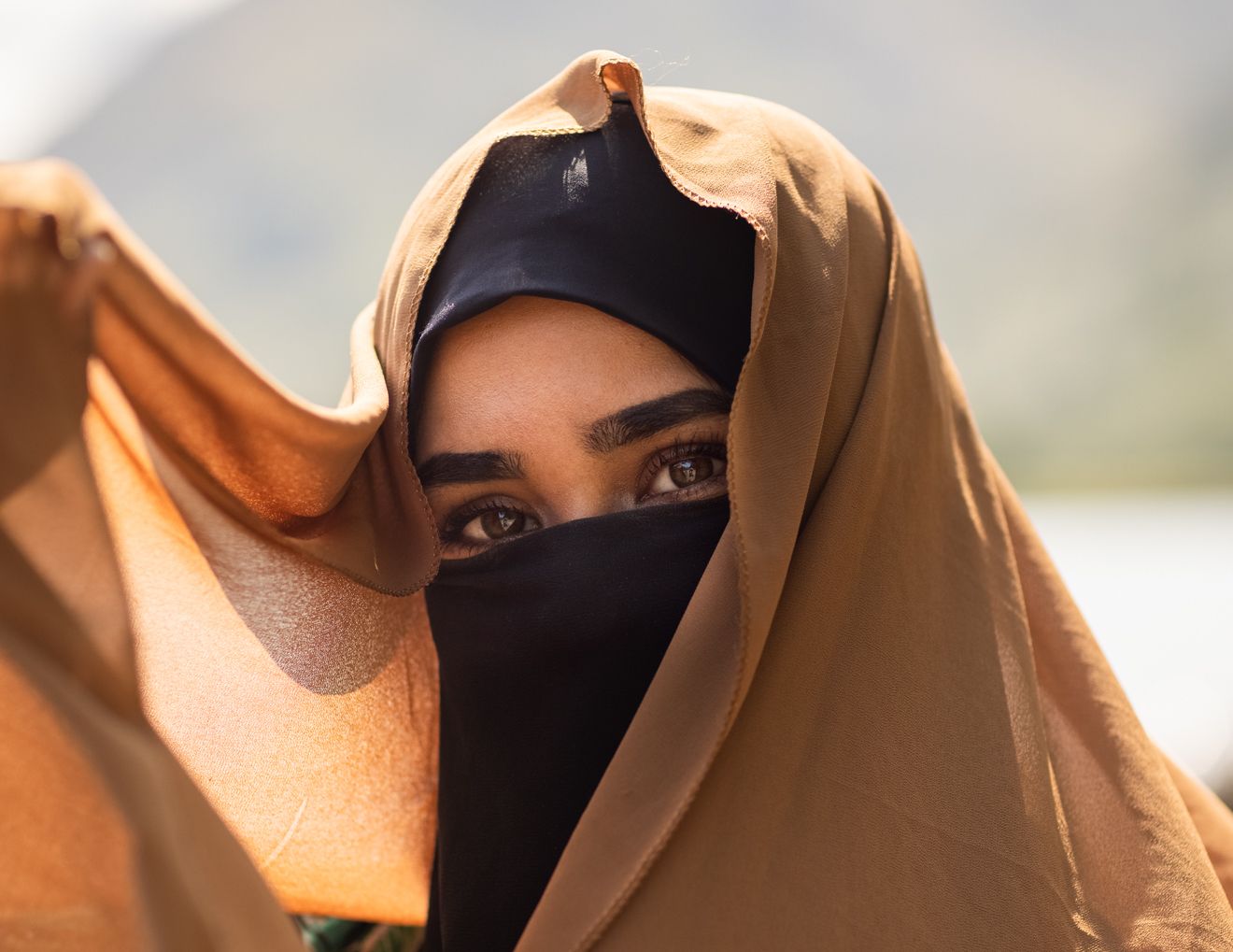
“I don't want to go away from my roots. I'm proud to be a Muslim and to show it," Amira says. "I guess that's where everyone else comes from as well. We don't see it as oppression, we see our hijabs as our crowns; they empower us and allow us to be who we are. We feel free because we're able to wear what we want to wear and that's what freedom is - not being subjected to what everyone else wants us to be.”
We feel free because we're able to wear what we want to wear and that's what freedom is - not being subjected to what everyone else wants us to be
“It’s the same concept with plus size,” she says. “People are always scrutinising plus size people. But some people are just the size they are, and that's fine. Why should that person need to change to fit in? And why is it that real bodies are not being shown? Women come in different sizes, different forms and different shapes.
“We talk about all women being represented; that should be everywhere, definitely in the outdoor industries. A woman should be allowed to feel confident in her body and explore the outdoors at the same time, without having to worry about dressing properly.”
Changing the Narrative
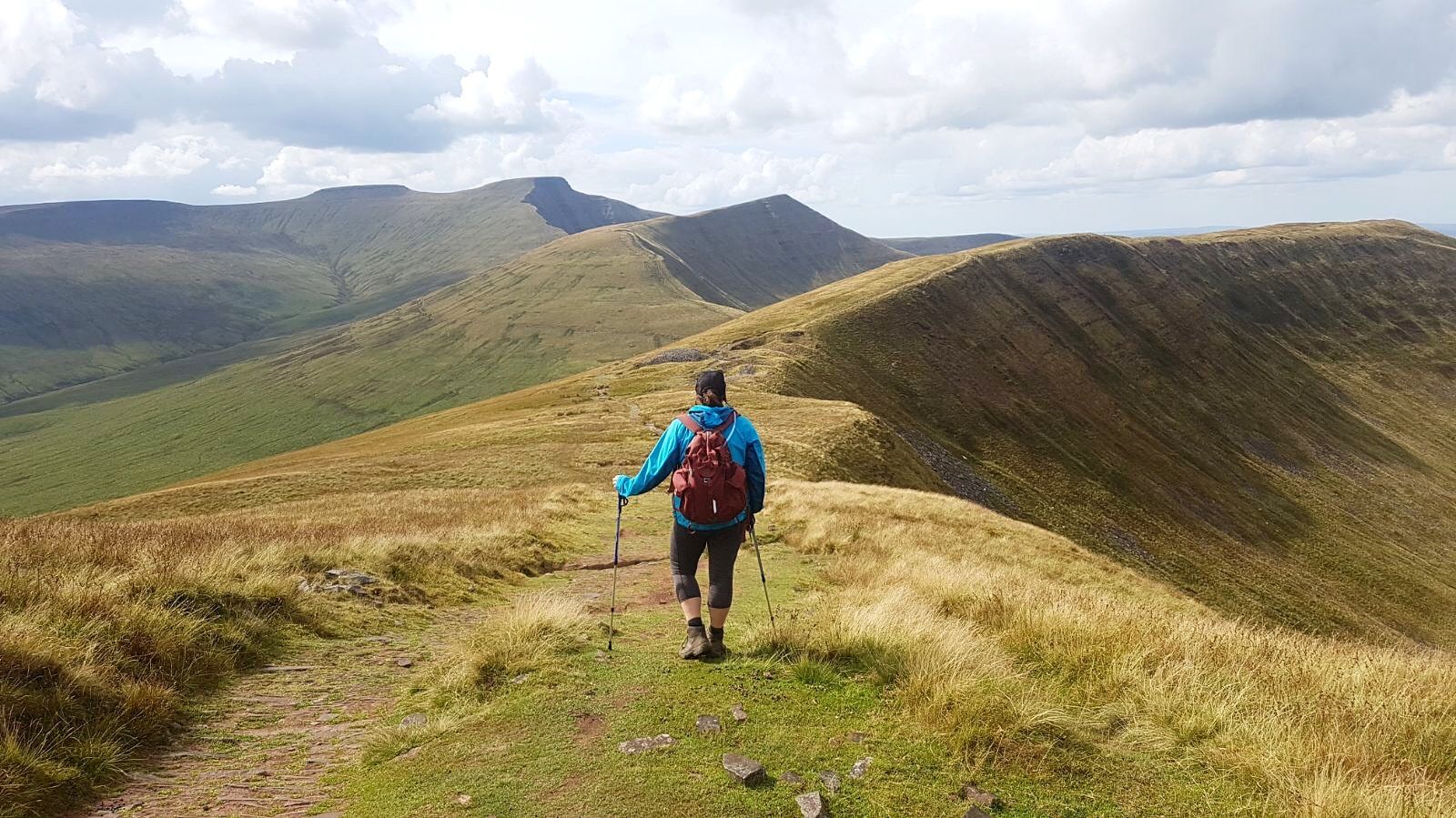
Steph’s organisation Every Body Outdoors has been working with outdoor brands to help them become more size inclusive. This includes showing accurate size guides online (where most plus people buy clothes), and also helping brands understand that manufacturing plus size clothing isn’t just about adding an extra inch here and there.
“The bust to hip ratio changes as you get to plus size,” Steph says. “In general, people's hips are often significantly larger than their bust measurement, and so a common thing when you get to plus size gear is you end up tight around the hip and baggy around the bust. I've also got several coats which have got huge baggy sleeves - you don't need to keep adding inches onto my arms like that.”
I've seen people find that confidence, find their place and realise they can do it
The response from brands has been mixed, she says. Some members of a company are interested, but can’t convince their team. However, Every Body Outdoors has been working closely with Alp Kit, who are going to be bringing out their entire range in a proper size 20, and have been very engaged in the process.
“The store managers want to learn about it. It’s really embedded in what the product design team and the clothing design team are doing. And this is from a brand who three years ago probably stopped at a size 14. They've come a long way in a short amount of time. I got my first waterproof that actually fitted from Alpkit, and I had a little cry,” Steph says.
So, are things beginning to change?
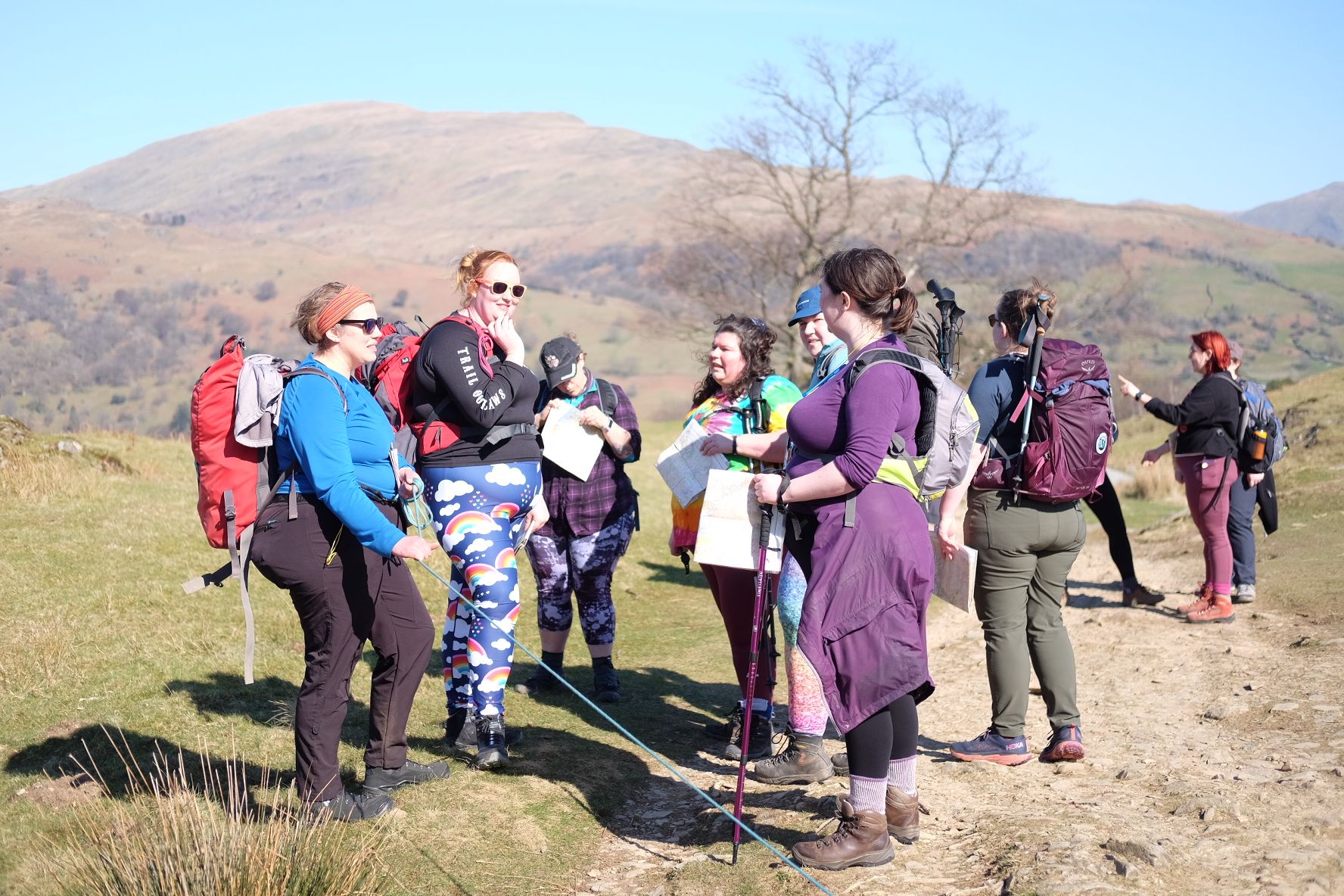
“There have been a lot of slow, ongoing conversations,” Steph says. “There’s a lot that takes time - brands say things might happen in six months, or two years. But it's really nice to see several tangible things that have happened because of us. There's an American brand called Outdoor Research that provides technical outdoors gear up to a size 32, which we actually managed to get stocked in three online retailers in this country.
A woman should be allowed to feel confident in her body and explore the outdoors at the same time, without having to worry about dressing properly
“But I think the biggest thing that's happened is this amazing community of people we’ve created. We've got over a thousand plus-size people in our Facebook group now, and it's just become this really safe space where people ask for recommendations, share the kit they found and talk about their experiences. And we see that in person too. We ran four Introduction to Mountain Skills courses last year. I've seen people find confidence, find their place and realise they can do it.”
Both Amira and Emily have public profiles - they use their platforms to show that you don’t have to look a certain way to be experienced and capable in the outdoors.
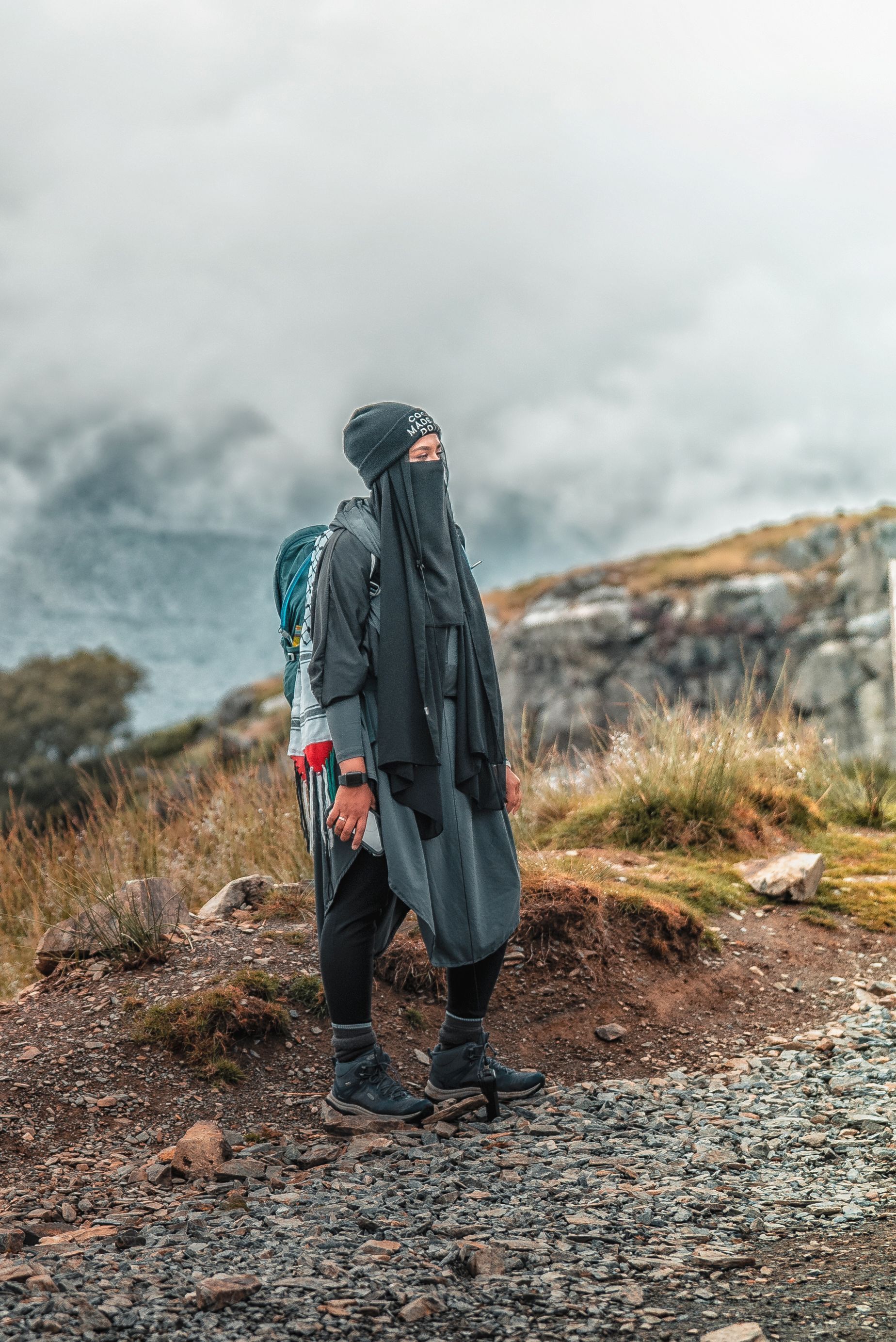
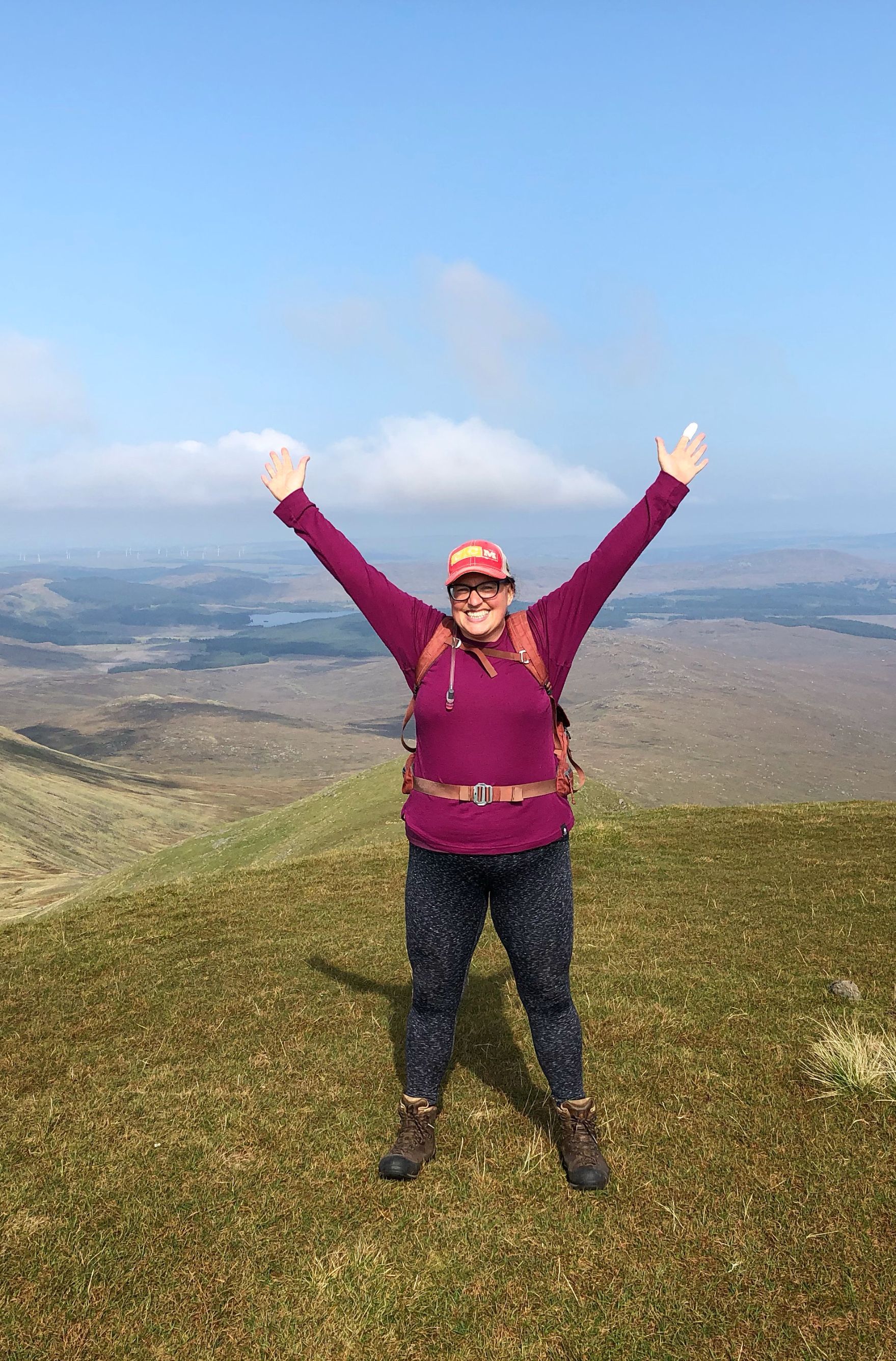
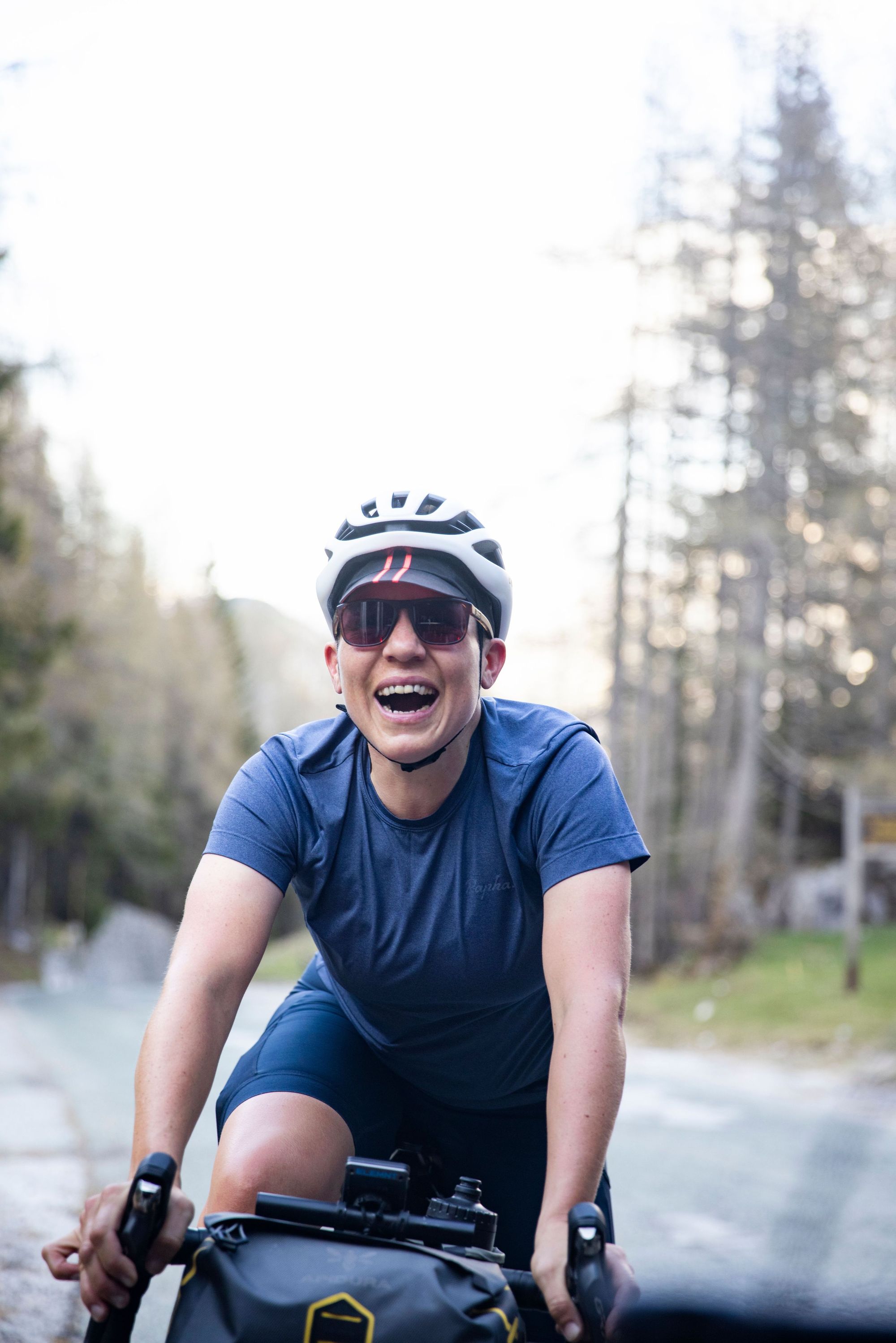
“The time I started talking about this was maybe two years ago,” Emily says. “I did a post on Instagram. It was a photo I’d previously posted, and because I looked a bit fat I'd cropped bits of it out. Then I posted the real photo. I was feeling super strong and really liked how my legs looked in the picture - less so my tummy. I was towards the end of a really big ride with someone very strong who I had managed to keep up with - I was feeling very proud of myself.
“I thought, ‘well, if this is how I look when I'm feeling really great and strong, then this is surely fine’. And there was a bit of energy of just wanting to tell the world to fuck off.
Once you're surrounded by the mountains, once you're in that space where no one can judge you, all of that won't matter
“The response was surprisingly massive. There were over 3000 likes and it just kept going, and the comments kept coming in, with people telling their stories. It just felt like I dropped a bomb - I think people were really ready to have the conversation.”
Over the past few years, an increasing number of outdoor groups have been set up to help break down barriers to the outdoors - an indicator that things are beginning to change, albeit slowly. There are women only groups, BAME and faith-based groups, LGBTQIA+ groups and many more. If you’re worried about not fitting in outdoors, or simply want to meet like-minded hikers, they’re a great way to start.
“I know that if you don't look like a typical hiker or you can’t seem to find the right clothing or you don't know where to start it can be daunting,” Amira says. “All that's pretty normal. But are you going to let all of these things come in the way, or are you going to go out there proudly with your head up? Because once you're surrounded by the mountains, once you're in that space where no one can judge you, all of that won't matter. Because the most important thing is that you made it out there.”
Inspired? Then check out our epic weekends in the UK, Europe and beyond.


